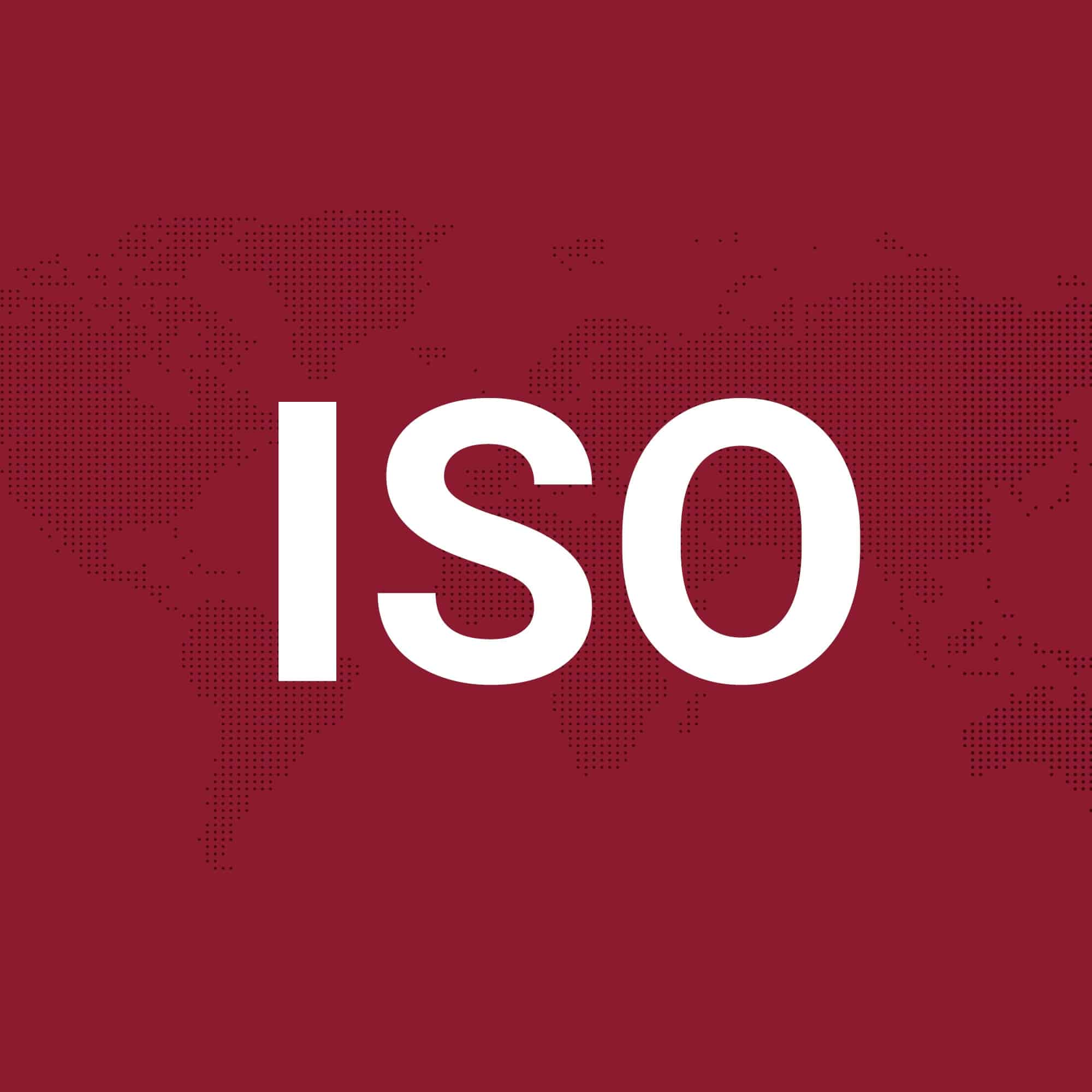ISO 13968 specifies hydrostatic pressure testing procedures for thermoplastics pipes and fittings, covering test conditions, temperature, pressure duration, and reporting requirements. The standard is used to assess the long-term strength and reliability of plastic pipes in water, gas, and industrial pressure applications.

Overview of ISO 13 968
ISO 13 968 is an international standard that specifies the requirements and methods for hydrostatic pressure testing of thermoplastics pipes and fittings. This standard provides guidelines on determining the resistance of plastic pipe materials or assemblies to internal pressure under specified temperatures and test durations. The main objective is to assess the long-term strength and performance of plastic pipes, which are commonly used in water supply, gas distribution, and other pressure applications. The procedures detailed by ISO 13 968 help manufacturers, laboratories, and regulatory bodies ensure products conform to safety and quality benchmarks for both raw materials and finished pipes.
Testing parameters and reporting
The standard sets out the procedures for preparing test specimens, filling them with liquid, applying internal hydraulic pressure, and maintaining specific temperature conditions for a defined period. Essential factors such as the dimensions of the pipe, test fluid properties, pressure level, and duration are outlined to ensure test repeatability and reliability. Results must be reported according to the criteria in ISO 13 968, including any pipe failure, deformation, or leakage during the test, complete with data about pipe dimensions, material types, and testing conditions.
Typical industry applications
This standard is widely used in quality control and certification processes in the plastics pipe industry. Both manufacturers and independent laboratories follow ISO 13 968 to evaluate new pipe designs, test material batches, or verify compliance for certification purposes. The scope covers pipes and fittings in water, gas, and industrial piping systems where sustained pressure performance is required.
Takeaway
ISO 13 968 is an essential reference for hydrostatic pressure testing of thermoplastic pipes, supporting safe and reliable operation in pressure applications. It provides industry-accepted procedures for ensuring material and pipe integrity, helping users compare products and maintain consistent quality.
Preparation and selection of samples
Begin the process by selecting representative pipe or fitting samples according to the specifications outlined in ISO 13 968. Ensure all samples are clean, cut to the required length, and inspected for visual defects. The environmental conditions, including temperature, should be stabilized prior to the test as specified by the standard in relation to the particular material and intended service application.
Test assembly and filling
Set up the test equipment, ensuring each specimen is securely connected to prevent leaks during the test. Fill the assembly with the specified test fluid—commonly water or another incompressible liquid—ensuring all air is expelled. Confirm the temperature of both the environment and test liquid matches the test requirements.
Application of pressure and monitoring
Gradually apply the prescribed internal hydrostatic pressure to the test sample, as specified for the material and size of the pipe or fitting. Maintain this pressure for the test duration, continuously monitoring for any signs of leakage, rupture, or deformation. The exact test duration and pressure levels depend on material type and intended service class, as outlined in the standard.
Evaluation and reporting of results
At the end of the specified test period or upon sample failure, relieve the pressure and carefully inspect the specimen. Record any failures, visible changes, dimensional alterations, or leaks. Prepare a detailed report that includes all relevant test conditions, sample identifiers, and outcomes, following the specification in ISO 13 968.
Quality assurance and compliance checks
The final step involves reviewing test reports for completeness and conformity with ISO 13 968 requirements. If necessary, perform repeat tests or comparative assessments as part of batch release or material qualification. Regular adherence to the procedures outlined in the standard supports consistent quality control and facilitates certification or regulatory submissions.
Summary
Adhering to ISO 13 968 involves careful preparation, precise test execution, and thorough reporting of results. Following each step ensures that data generated is valid, repeatable, and meets industry expectations for the performance of thermoplastic pipes and fittings under pressure.
We are at your disposal for any questions, comments and suggestions. We look forward to hearing from you.
Feel free to contact us using the contact form below.
We strive to answer all inquiries within 24 hours (on working days).